 Miami Disaster Article
Miami Disaster Article
Entry Category: Transportation
 Miami Disaster Article
Miami Disaster Article
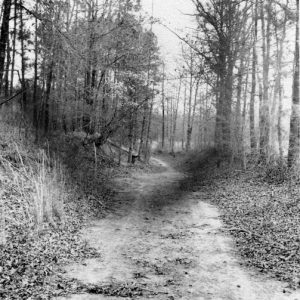 Military Road
Military Road
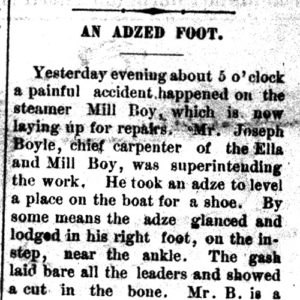 Mill Boy Article
Mill Boy Article
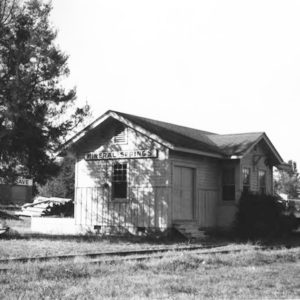 Mineral Springs Depot
Mineral Springs Depot
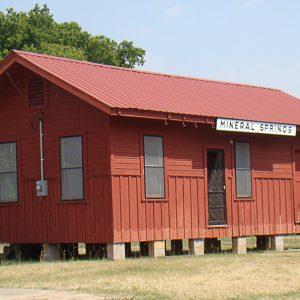 Mineral Springs Depot
Mineral Springs Depot
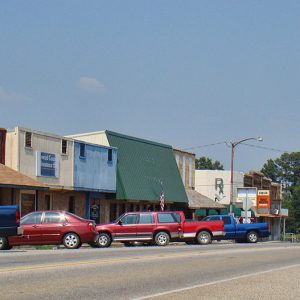 Mineral Springs Street Scene
Mineral Springs Street Scene
Mississippi, Ouachita and Red River Railroad
Missouri and North Arkansas Railroad (M&NA)
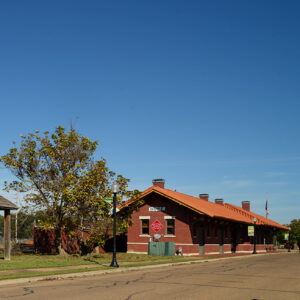 Missouri Pacific Depot
Missouri Pacific Depot
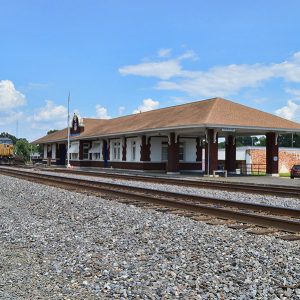 Missouri Pacific Depot
Missouri Pacific Depot
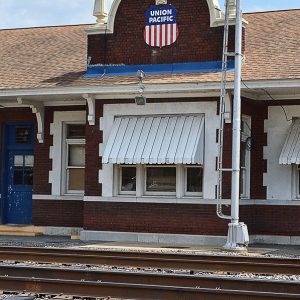 Missouri Pacific Depot
Missouri Pacific Depot
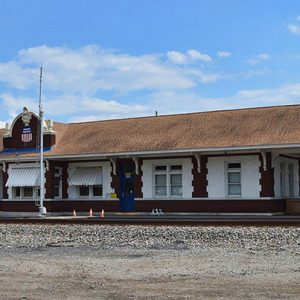 Missouri Pacific Depot
Missouri Pacific Depot
Monte Ne Railway
 Monticello Depot
Monticello Depot
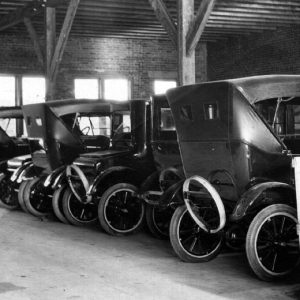 Moore Motor Company
Moore Motor Company
 MoPac Wreck
MoPac Wreck
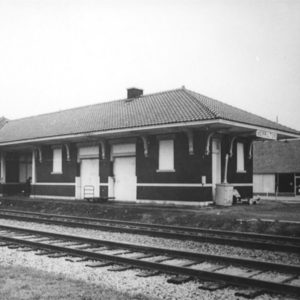 Morrilton Depot
Morrilton Depot
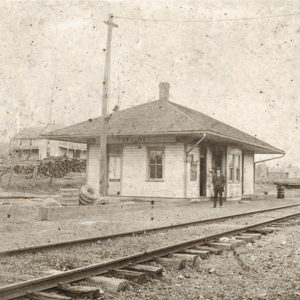 Mount Olive Depot
Mount Olive Depot
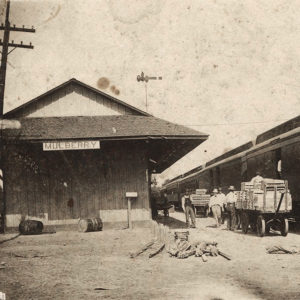 Mulberry Depot
Mulberry Depot
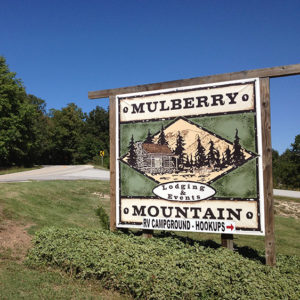 Mulberry Mountain
Mulberry Mountain
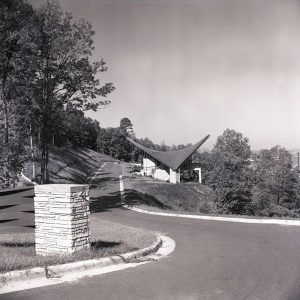 Murray Lock and Dam Overlook
Murray Lock and Dam Overlook
Museum of Automobiles
Nancy F [Ferryboat]
 Nancy F Steamboat Article
Nancy F Steamboat Article
 Nancy F Steamboat Article
Nancy F Steamboat Article
Narrow Gauge Railroads
 Nashville Depot
Nashville Depot
Neosho [Steamboat]
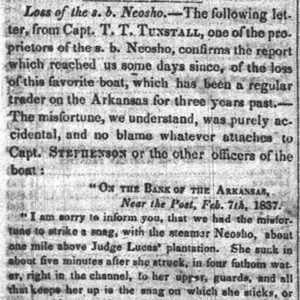 Neosho Steamboat Article
Neosho Steamboat Article
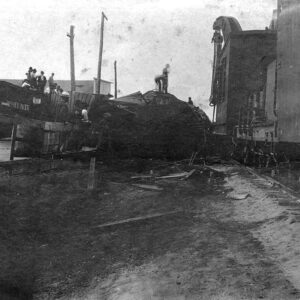 Nettleton Train Wreck
Nettleton Train Wreck
Nevada County Depot and Museum
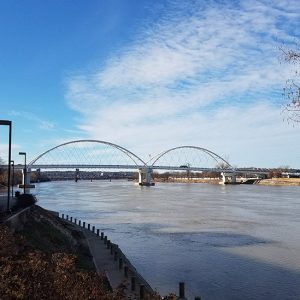 New Broadway Bridge
New Broadway Bridge
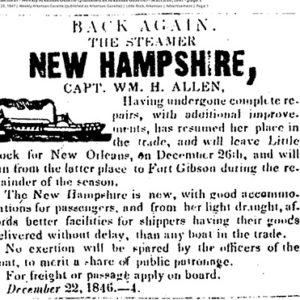 New Hampshire Steamboat Ad
New Hampshire Steamboat Ad
New Hampshire [Steamboat]
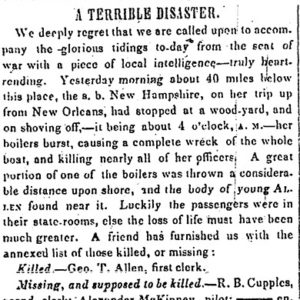 New Hampshire Steamboat Article
New Hampshire Steamboat Article
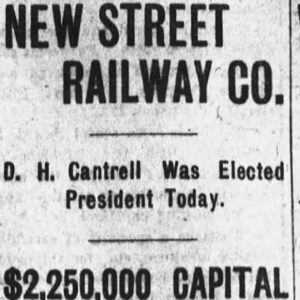 New Street Railway Company Story
New Street Railway Company Story
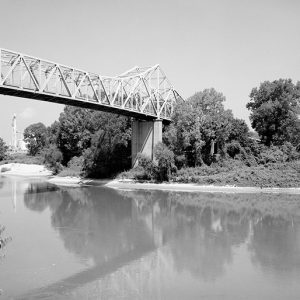 Newport Bridge
Newport Bridge
Newport Air Field
 Newport Bridge
Newport Bridge
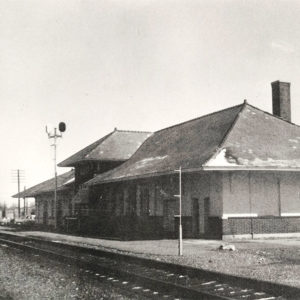 Newport Depot
Newport Depot
 Newport Rail Yards
Newport Rail Yards
Niagara and Post Boy, Collision of
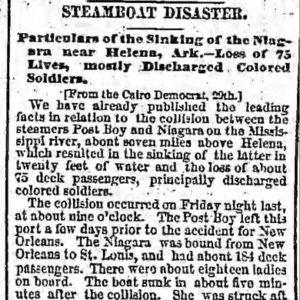 Niagara Disaster Story
Niagara Disaster Story
 Niagara Disaster Story
Niagara Disaster Story
Nick Wall [Steamboat]
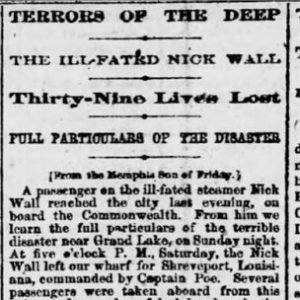 Nick Wall Steamboat Article
Nick Wall Steamboat Article
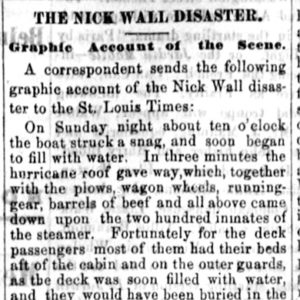 Nick Wall Steamboat Article
Nick Wall Steamboat Article
 NLR Airport Buildings
NLR Airport Buildings
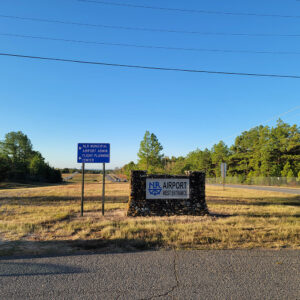 NLR Airport Entrance
NLR Airport Entrance
 NLR Airport Taxiway
NLR Airport Taxiway




